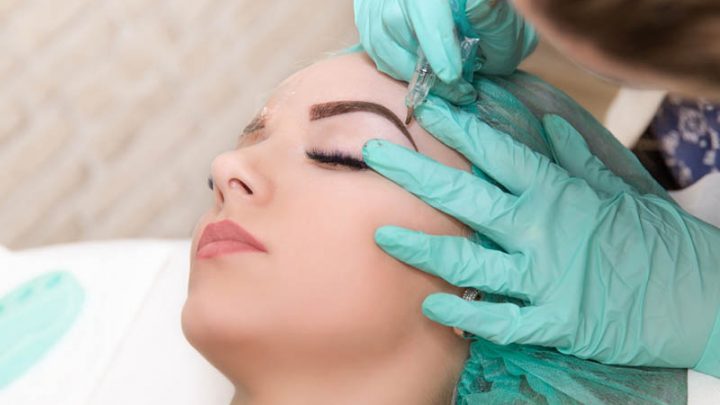Microblading is a popular trend that helps women add a more permanent touch up to their overall look, without the need to constantly pencil in volume to their eyebrows.
But just how safe is microblading while breastfeeding and during pregnancy?
There are a lot of mixed responses when it comes to the topic of microblading while breastfeeding or during pregnancy.
As the field is relatively new, and all of the effects of the chemicals included are unknown, the general consensus is to wait until you’re done breastfeeding to get microblading.
The main reason is the treatment effectively gives you a cosmetic tattoo using a microbladed brush.
While the pigments aren’t as permanent as the ones used in the traditional tattooing process, they’re still largely untested.
They could pose a potential risk of infection from the tattoo ink or needles that haven’t gone through a sterilization process.
These infections can then potentially transfer over to your breast milk, and subsequently your child.
Some of these infections include hepatitis B and HIV.
This risk largely comes from places with a less than stellar reputation, however, and there are many good reasons why this cosmetic treatment can be beneficial.
But are the risks worth it, especially while you’re pregnant or postpartum? That’s what I’m here to answer in this article.
What Is Microblading?

Microblading is essentially a method of applying semi-permanent makeup to the skin above the eyes to add volume to your eyebrows.
It helps them look a lot more natural, without the need to use various brushes, pencils, and other types of makeup.
The reason I say semi-permanent is because, unlike tattoos, the pigment from the microblading process only lasts between 1-3 years.
After that, it begins to fade, which is great if you don’t want to permanently alter your appearance.
You also won’t have to go through a painful tattoo removal process if you end up disliking it.
The procedure is quite similar to tattooing though.
The tool used to microblade the eyebrows is similar to a tattoo gun, except it’s a bit more precise given the delicate and sensitive surface area around the eyebrows.
The tool is used on the top layer of the skin, and the person performing the procedure needs to use a minimal amount of ink to complete the treatment.
Depending on the quality of the makeup artist, the prices can vary from relatively affordable to quite expensive.
They usually range anywhere from 300$ in the cheapest salons, to up to 1500$ for the most expensive ones.
These are usually performed by qualified tattoo artists and other professionals who specialize in the procedure.
Why do people get their eyebrows microbladed?
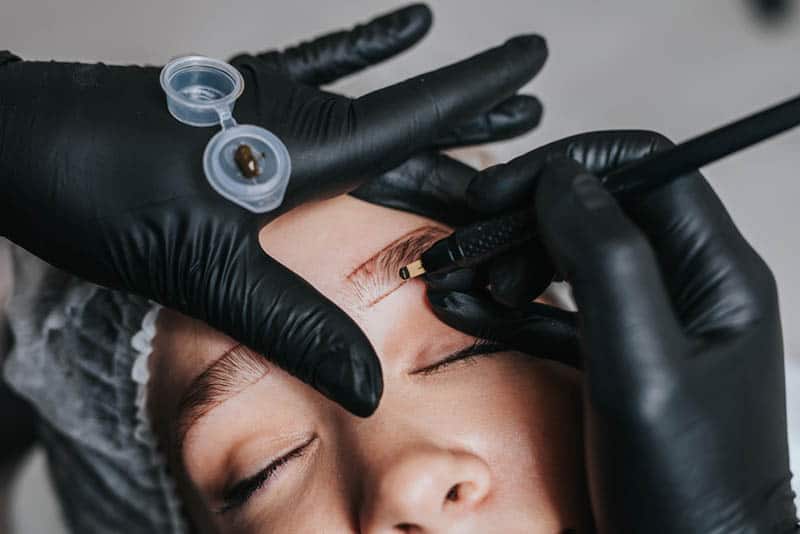
You might wonder why people get cosmetic treatments like this, and the answer is that it increases self-confidence.
The eyebrows are an important feature of the face, and just a slight difference in the way they look can have a huge effect on the appearance.
If they are too light or not as thick as you want them to be, getting them microbladed is an easy solution.
In addition, the mood swings of pregnant women are no walk in the park, and in the postpartum period many women experience the baby blues.
Getting your eyebrows done can be a great way to freshen up your look and practice some self-care, especially if you have faint eyebrows.
The most common reason many women go for microblading treatments over using regular make-up is their eyebrows don’t look as full as before, either due to overplucking or hair loss after pregnancy.
Plus, our eyebrows play an important role in everyday communication!
We wriggle them without realizing it, and they are a key factor in making facial expressions. So when you start losing eyebrow hairs it is quite noticeable.
What’s more, when you have microbladed eyebrows you save time doing your makeup every day and you don’t have to worry about sweat or rain messing up your look.
Moms aren’t the only ones who opt for this treatment, as many people who go through chemotherapy also get their eyebrows microbladed.
Is Microblading While Breastfeeding Safe?
General risks
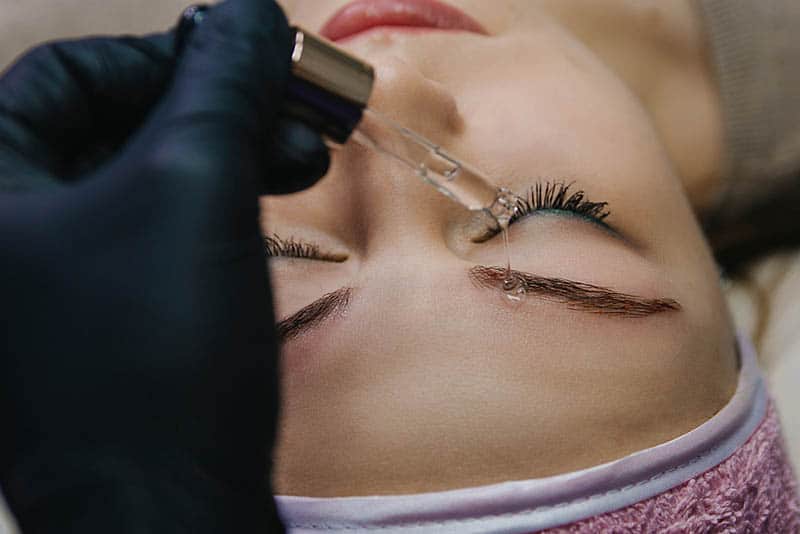
While there certainly are some amazing benefits to this cosmetic treatment, there are also some general side effects to watch out for.
For instance, you’re likely to feel some itchiness and general irritation around the area.
This can turn into flakey patches of skin and even scabs, depending on how sensitive your skin is and how well the process was performed.
Proper skin care helps out immeasurably in this case, especially the use of petroleum jelly like Vaseline and Aquaphor, which help keep the skin hydrated.
That said, to achieve optimal results you should only apply it before, and not after, the treatment.
You should also avoid rubbing the area throughout the healing process so you can allow the micropigmentation to set in properly and not get smeared.
The itchiness will undoubtedly be incredibly annoying, but you’ll have to power through with proper aftercare.
Some other issues that may arise are potential allergic reactions to sterilizing products, like lidocaine or latex.
Some people may even have an allergic reaction to the pigments.
These problems can usually be avoided if the person performing the procedure adheres to basic health care standards by doing a small test for allergies on a tiny patch of your skin.
This is performed to check if any sort of violent reaction appears, allowing them to figure out whether or not microblading is a viable choice for you.
These are all the general side effects you may experience.
However, as I’ve mentioned before, undergoing microblading while breastfeeding or while pregnant involves an extra set of risks.
In my opinion, the risks mean it is best to wait until your child’s health is no longer at risk.
Risks during pregnancy and while breastfeeding
Firstly, considering it’s a relatively new treatment, there have been little to no public studies performed regarding the potential effects some of the materials used in the microblading process might have on your unborn or breastfeeding child.
Personal beauty isn’t worth risking your baby’s life!
Plus, the hormonal changes that affect pregnant women increase blood flow, making them bleed more than normal.
This means that the area the treatment is being conducted is more likely to smear, so the procedure won’t yield the best results.
Bloating is also a common occurrence during pregnancy, which often changes both the texture and shape of a woman’s skin.
This will cause microbladed eyebrows to look wonky when the bloating recedes.
Another pregnancy-related problem is the potential appearance of melasma, also known as hyperpigmentation or mask of pregnancy.
The name speaks for itself, but for those unaware, it’s a temporary condition during pregnancy where the area around the edges of the mouth, forehead, and cheeks turns a darker color.
This temporary change can cause problems because the person performing the procedure will use pigments that would normally fit well with your face and skin tone.
However, the results are likely to look off once the melasma fully fades and you might regret getting the procedure.
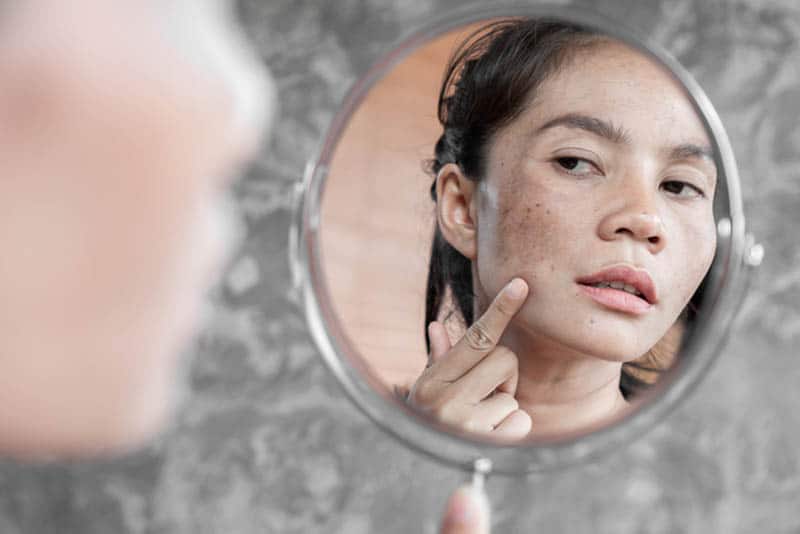
A more serious problem arises from some of the topical anesthetics and numbing creams used to reduce pain and irritation during the process.
They contain chemicals like epinephrine, which could potentially cause problems with your heart and fetal tachycardia.
All of these apply to breastfeeding mothers too.
However, there’s the added risk of you contracting an infection and it traveling through your body and transferring over to your precious little one.
They can range from mild infections to more severe ones like hepatitis B or HIV, so it’s better to be safe than sorry by postponing your cosmetic treatments until after you wean your baby.
The final note that applies to anyone considering this process, is that you have to be 18.
This is because the procedure requires consent from the adult it’s being performed on, so they’re sure they’re aware of all the potential risks.
Also, before considering microblading while breastfeeding or during pregnancy, make sure to consult your doctor as well.
They’re the best suited to determine whether or not you can get this treatment done in the first place.
What You Should Be On The Lookout For
When looking to get your eyebrows done, the first thing you should do, as stated previously, is to consult your doctor if you’re pregnant or still breastfeeding.
Next, you’ll want to look for the more reputable salons which perform this procedure.
Although they might be less budget-friendly, quality is always worth the extra cost.
Also, you should do a bit of research into their customer reviews.
The easiest way to tell if the place knows what it’s doing is by asking about any certifications their artists have and checking the cleanliness of the salon.
Once you finally decide on the procedure and book your microblading appointment, make sure to steer clear of any intoxicating substances like alcohol, as well as any painkillers like Ibuprofen or Advil for 1-2 days.
They might cause excess bleeding, which could have a bad effect on the microblading process.
As for the treatment itself, it’s separated into two different sessions.
The first one consists of a conversation with the artists who’ll do your eyebrows so you can agree on what you want. This is followed by the procedure itself.
After that, you’ll wait for anywhere between 1-2 months for the next session, so the skin can properly recover before finishing the process.
Once the microblading is done, if everything was performed correctly, you’re going to be looking like a “you 2.0”, at least for the next 1-3 years!
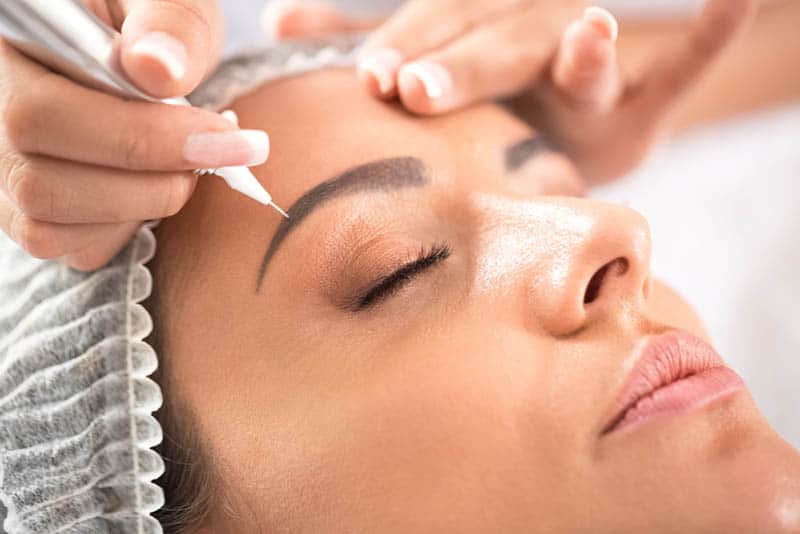
The longevity of your new eyebrows depends on outside factors like sweating, sun exposure, and the use of cosmetic products.
However, once the process is done it’s a lot easier to get touch-ups with the foundations already in place, though you shouldn’t get them too often.
Sure, the pigment will fade over time, but you should wait until it’s almost completely faded before going back for another round.
This is usually somewhere between 1-1.5 years.
This way, you minimize the potential risk of skin damage, which will only make the results of the procedure appear worse.
Finally, make sure this is an investment you can actually afford.
Beauty trends come and go, so think long and hard before spending several hundred dollars on a semi-permanent change to your face.
In Conclusion
Undergoing the process of microblading while breastfeeding or pregnant is generally not recommended due to the lack of research on the topic, and the potential dangers that the procedure may pose to the baby.
It’s a process that is in no way necessary for your physical health and should be delayed until the baby is weaned and can’t be harmed by any infections, to be on the safe side.
You should also note the price tag attached to the process.
It ranges from several hundred dollars all the way up to $1500 for some of the most expensive treatments with more professional practitioners, so you should keep your personal budget in mind.
Finally, remember to always consult your doctor before deciding whether or not you should get the treatment done.
Trust in their expertise so you can make a well-informed decision.
READ NEXT: Can You Get A Tattoo While Breastfeeding: Useful Tips
Like this post? Please share or pin it for later. You can also stay in the loop and follow us on Facebook, Instagram or Pinterest.
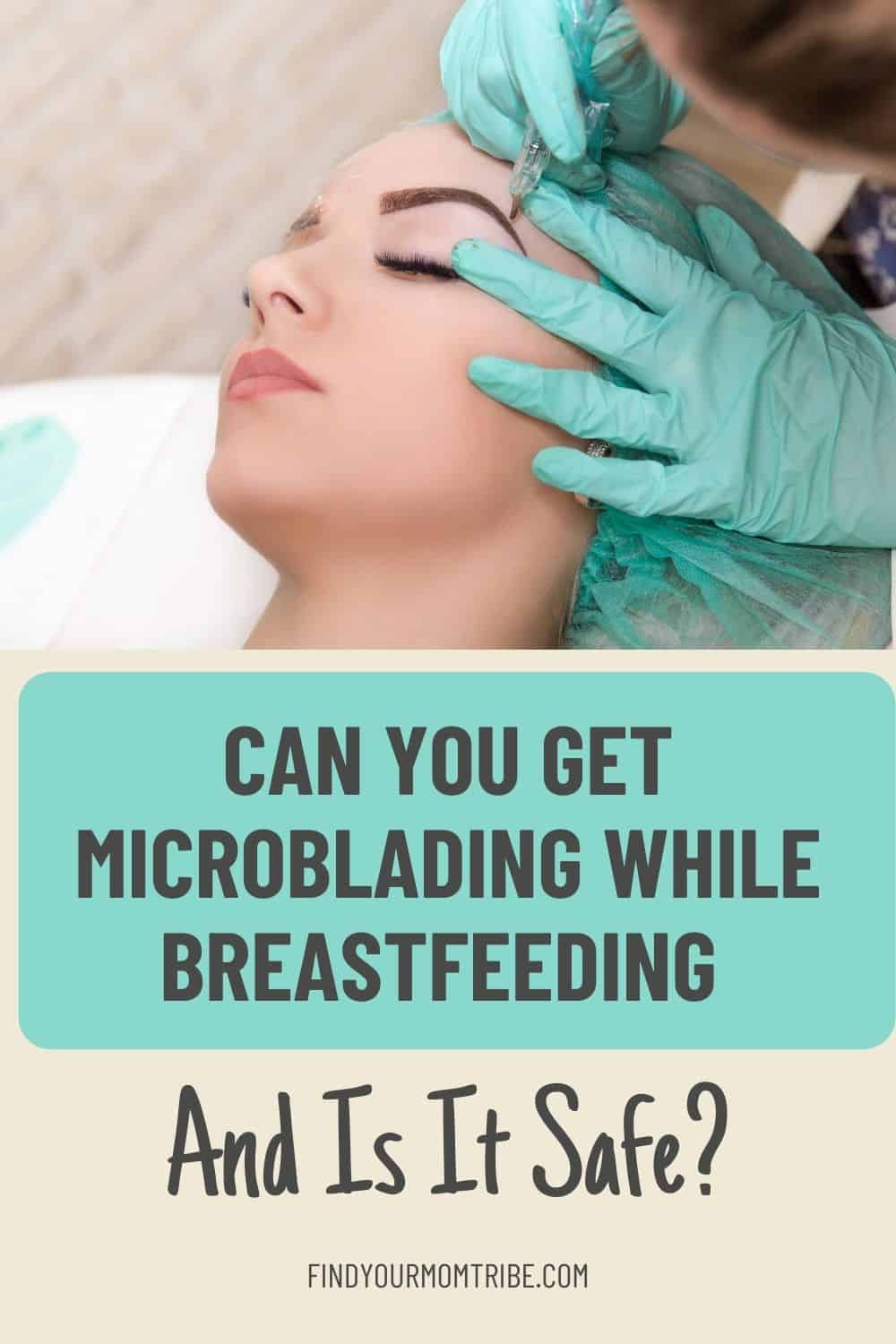
We love honesty! Find Your Mom Tribe is an Amazon Associate and we earn from qualifying purchases through affiliate links at no extra cost to you. Please see our full Amazon Affiliate disclosure for more information.

